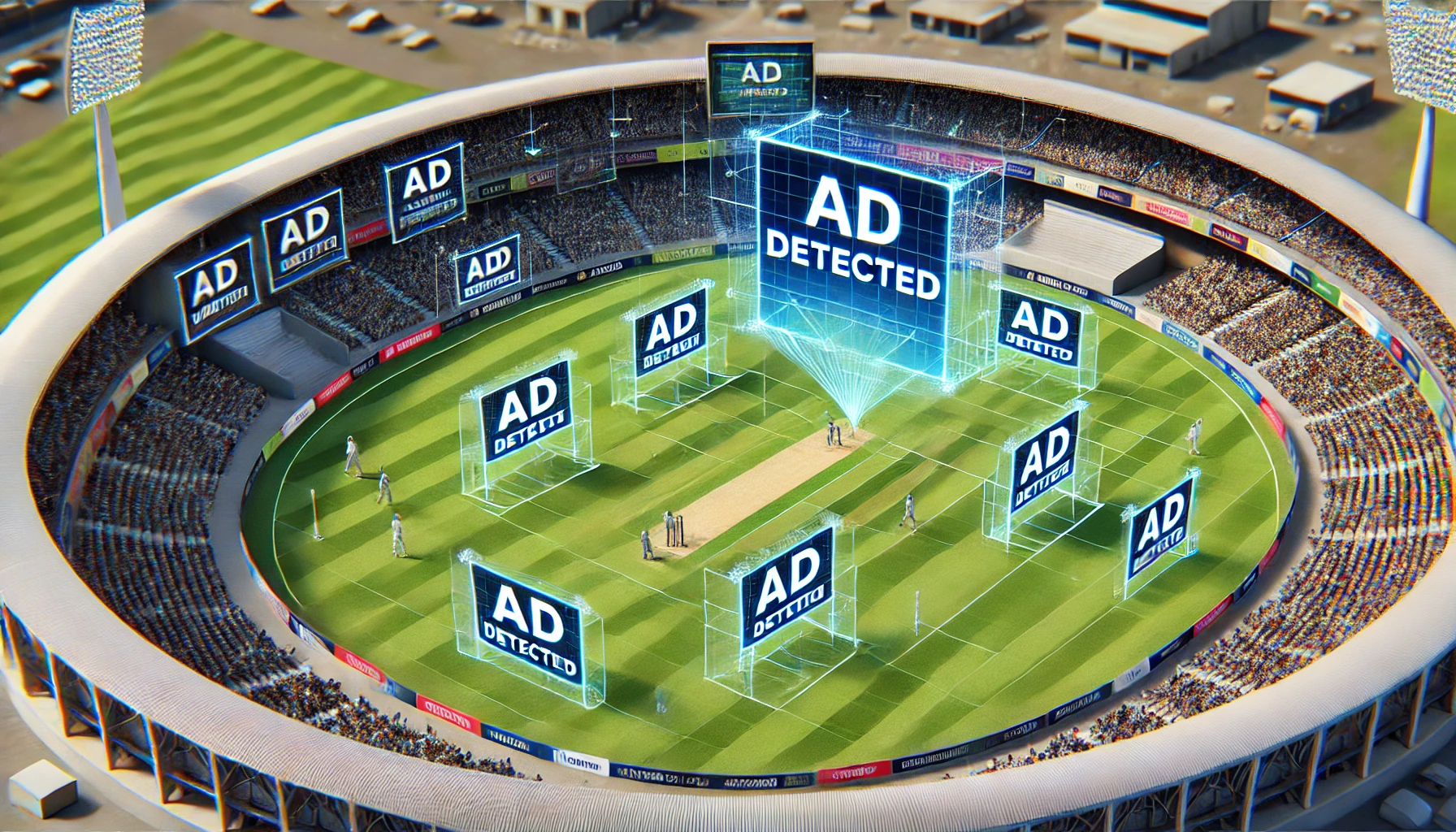Can AI take over the conventional Digital Advertisement techniques?
India recently secured a thrilling victory over New Zealand in the Champions Trophy final, captivating the nation’s attention. The live streaming platform, Jio Hotstar, witnessed an unprecedented surge in viewership, with over 90.1 crore viewers tuning in throughout the evening. This massive audience not only underscores the popularity of cricket but also highlights the immense reach that advertisers can achieve during such high-profile events.
From a technological standpoint, the integration of advanced analytics and AI-driven image processing tools like OpenCV significantly enhances the viewer experience. These technologies allow for real-time analysis and highlighting of key moments, making the game more engaging for both fans and analysts.
How Computer Vision Powers Contextual Advertising in Live Sports
In the fast-paced world of live sports streaming, delivering contextual advertisements in real time has become a technological marvel. Imagine watching that breathtaking cricket match where the stadium’s sideline banners display ads tailored specifically for you—without affecting what in-stadium spectators see. This is achieved using a combination of real-time video processing, AI-based segmentation, and cutting-edge computer vision techniques. Let’s break down how computer vision plays a pivotal role in making this seamless ad placement possible.
Computer Vision in Action
Computer vision addresses these challenges using multiple techniques, enabling instant rendering of personalized ads while maintaining the visual integrity of the broadcast. Here’s how it works:
1. Object Detection and Player Tracking
AI-powered models like YOLO and SAM detect players, prevent overlay issues, recognize field markings and referees, and track moving objects to keep ads correctly placed despite camera angle changes.
2. Scene Understanding and Adaptive Rendering
Deep learning models use optical flow analysis to track motion, depth estimation to separate foreground from background, and real-time color matching to seamlessly blend ads without distortions.
3. AI-Based Keying and Occlusion Handling
AI dynamically excludes players from ad overlays by learning jersey colors and skin tones, identifying occlusion regions, and rendering ads in real time while preserving natural interactions.
The Role of OpenCV and SAM in Image Segmentation
OpenCV, in combination with the SAM (Segment Anything Model), enhances image segmentation by leveraging deep learning for precise object isolation. By employing various techniques such as masking, edge detection, and transparency adjustments, OpenCV and SAM allow for effective segmentation.
Implementation with SAM Model
The following approach highlights a New Zealand fielder making an extraordinary attempt at the boundary using SAM-based segmentation:
- Masking with SAM: The SAM model is used to create high-accuracy masks for segmenting players from the background.
- Alpha Blending for Transparency: The segmented area is made transparent by adjusting the alpha channel of the image.
- Edge Detection: Identifying contours to enhance the visibility of motion and action.



Enhancing Sports Analysis with Computer Vision
The video footage further reinforces the power of computer vision in sports analytics. Motion tracking, player recognition, and action segmentation provide deeper insights into player movements, reaction times, and game strategies. By leveraging these technologies, sports analysts, broadcasters, and even AI-driven systems can generate precise breakdowns of key moments in a match.
Business Implications: The Future of Personalized Ads
With these advancements, advertisers can serve hyper-targeted ads based on viewer demographics, location, and browsing history.
For instance:
- A family sitting in Gurgaon may see advertisments related to Om Sweets or Haldiram, while a sports enthusiast in another location might see an ad for a new football shoes.
- Broadcasters can charge premium rates for tailored advertising slots, improving monetization.
- The technology ensures minimal disruption to live streaming, keeping viewers engaged without noticing the underlying ad changes.
Conclusion
Computer vision is revolutionizing contextual advertising in live sports broadcasting. By leveraging object detection, real-time segmentation, and adaptive rendering, advertisers can deliver highly personalized ad experiences without interfering with game visuals. As AI continues to evolve, the possibilities for immersive and targeted ad delivery will only expand, creating new opportunities for broadcasters and brands alike.








